How to Create a Volcano Science Fair Project: Step-by-Step Guide to Investigating Volcanic Phenomena
Volcanoes are fascinating natural phenomena that have captured the attention of scientists and the general public alike for centuries. A volcano is an opening in the Earth’s surface through which molten rock, ash, and gas can escape. Volcanoes can be found all over the world, and they come in many different shapes and sizes.
What Causes Volcanoes?
Volcanoes are caused by the movement of tectonic plates. When two plates collide, one can be forced under the other, creating a subduction zone. The subducting plate melts and rises to the surface, causing a volcano to form. Volcanoes can also form at hotspots, where magma rises from deep within the Earth and creates a volcano.
Why Study Volcanoes?
Studying volcanoes can help us understand more about the Earth’s interior and the processes that shape our planet. It can also help us better predict and prepare for volcanic eruptions, which can have devastating consequences for people and communities living near active volcanoes.
In this article, we will provide a step-by-step guide to creating a volcano science fair project. Whether you are a student looking for a fun and engaging project or a teacher looking to inspire your students, this guide will provide you with all the information you need to investigate volcanic phenomena.
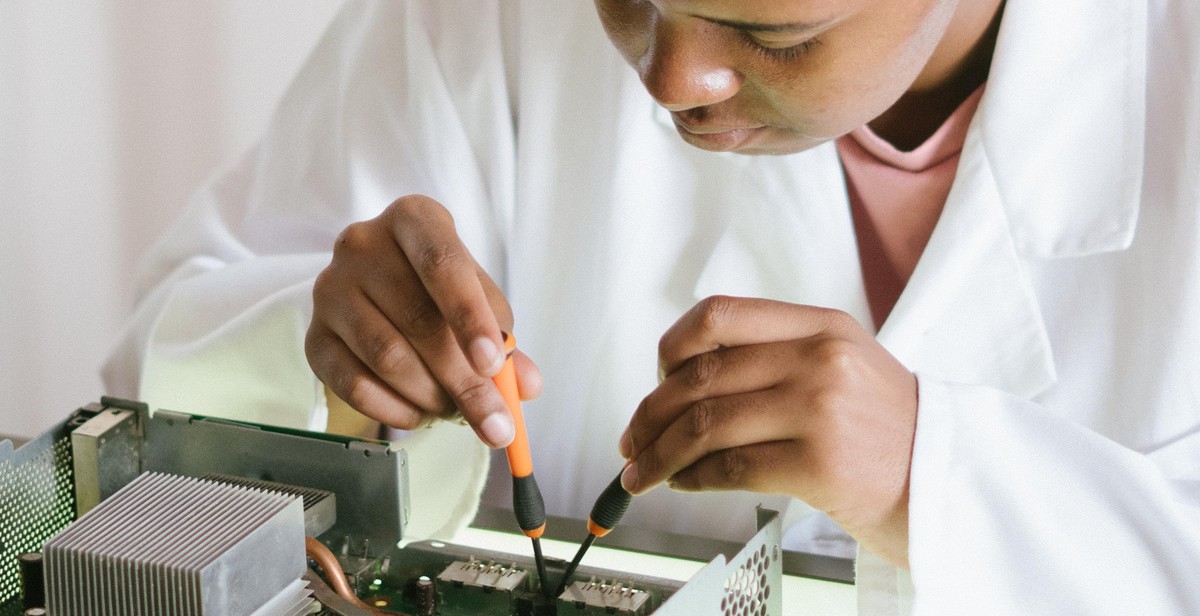
Step 1: Research
When it comes to creating a volcano science fair project, research is essential. Before you can start building your volcano, you need to understand the science behind it. This will not only help you create a more accurate and impressive project, but it will also help you understand the significance of your findings.
Why Choose a Volcano Science Fair Project?
Volcanoes are fascinating natural phenomena that have captured human interest for thousands of years. Studying volcanoes can help us understand the Earth’s structure, the processes that shape our planet’s surface, and the potential dangers associated with volcanic activity.
Additionally, creating a volcano science fair project can be a fun and engaging way to learn about science. It allows you to get hands-on experience with scientific concepts and can help spark a lifelong interest in STEM (science, technology, engineering, and math) fields.
Finding Reliable Resources
When researching for your volcano science fair project, it’s important to use reliable resources. This ensures that the information you gather is accurate and up-to-date. Here are a few tips for finding reliable resources:
- Use reputable science websites, such as National Geographic, NASA, and the Smithsonian.
- Check the author’s credentials and affiliations.
- Look for sources that have been peer-reviewed or published in reputable scientific journals.
By using reliable resources, you can be confident in the accuracy of your research and ensure that your volcano science fair project is based on sound scientific principles.
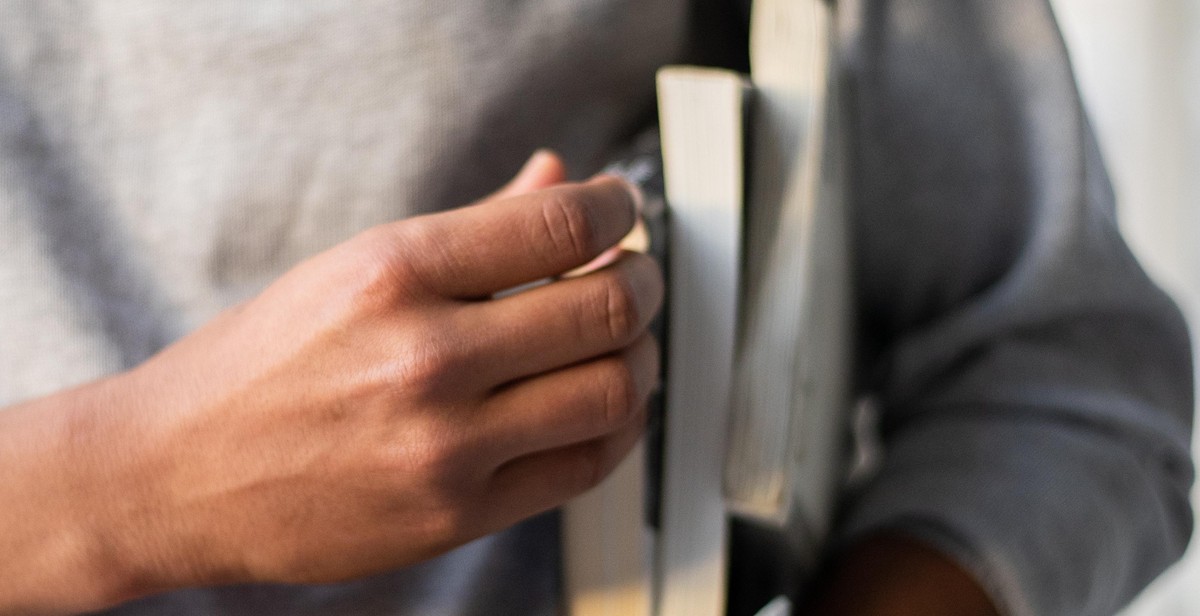
Step 2: Formulating a Hypothesis
Once you have gathered all the necessary background information on volcanoes, it’s time to start formulating your hypothesis. Your hypothesis should be a statement that explains your prediction or explanation for the phenomenon you are investigating. A hypothesis is not a guess, but rather an educated prediction based on your research and observations.
What is a Hypothesis?
A hypothesis is a statement that explains your prediction or explanation for the phenomenon you are investigating. It is a tentative explanation for an observation or phenomenon that can be tested through further investigation.
How to Formulate a Hypothesis
To formulate a hypothesis, start by identifying the problem or question you want to investigate. Then, review your research and observations to come up with a statement that explains your prediction or explanation for the phenomenon you are investigating.
For example, if you are investigating the effect of different types of lava on volcanic eruptions, your hypothesis could be:
- If the viscosity of the lava is higher, then the eruption will be more explosive.
- If the temperature of the lava is lower, then the eruption will be less explosive.
Remember, your hypothesis should be testable and falsifiable. This means that you should be able to design an experiment or observation that can either support or refute your hypothesis.
Why is a Hypothesis Important?
A hypothesis is important because it guides your investigation and helps you stay focused on your research question. It also helps you design an experiment or observation that will test your prediction or explanation.
Additionally, a hypothesis allows you to make predictions about what you expect to find during your investigation. This can help you identify potential sources of error and plan for how to address them.
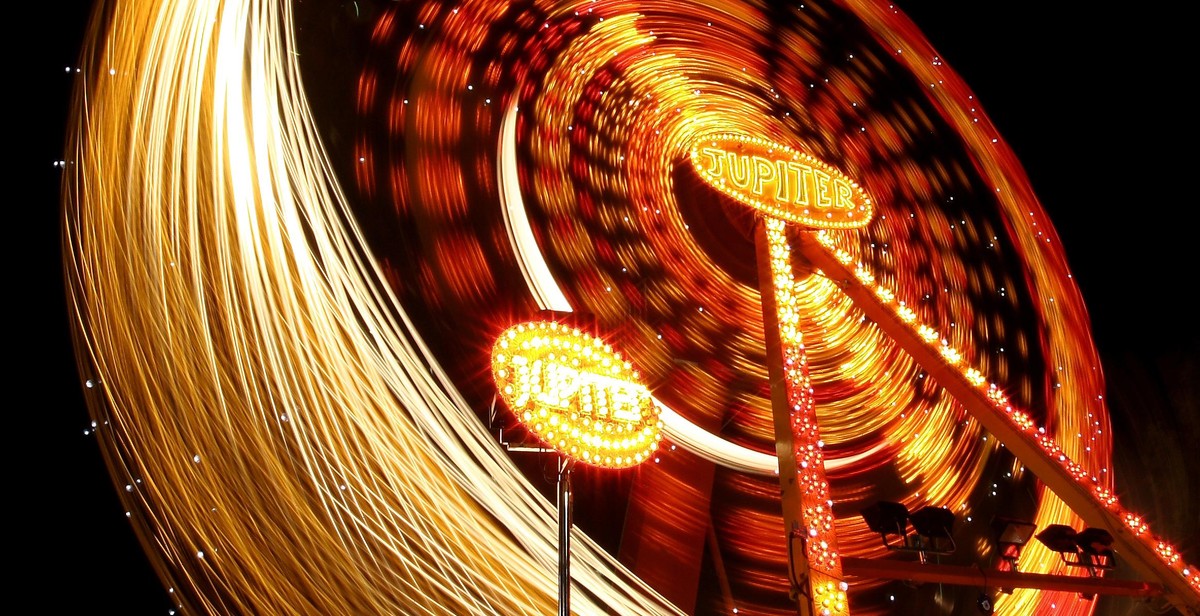
Step 3: Materials and Equipment
Before you start creating your volcano science fair project, it is important to gather all the materials and equipment you will need. Below are the essential and optional materials and equipment you will need for this project.
Essential Materials
- Baking soda
- Vinegar
- Red food coloring
- Dish soap
- Water
- Flour
- Salt
- Vegetable oil
- Large mixing bowl
- Small plastic bottle
- Measuring cups and spoons
- Newspaper or plastic tablecloth
- Small funnel
Optional Materials
- Modeling clay
- Paints
- Decorative materials (e.g., fake grass, rocks, trees)
- Plastic dinosaurs or other animals
Equipment
Most of the equipment you will need for this project is basic kitchen equipment. However, if you want to create a more elaborate volcano, the following equipment may be useful:
| Equipment | Use |
|---|---|
| Cardboard or foam board | To create a base for your volcano |
| Hot glue gun or tape | To attach your volcano to the base |
| Paintbrushes | To apply paint or other decorative materials |
By gathering all the essential and optional materials and equipment, you can ensure that you have everything you need to create a successful volcano science fair project.
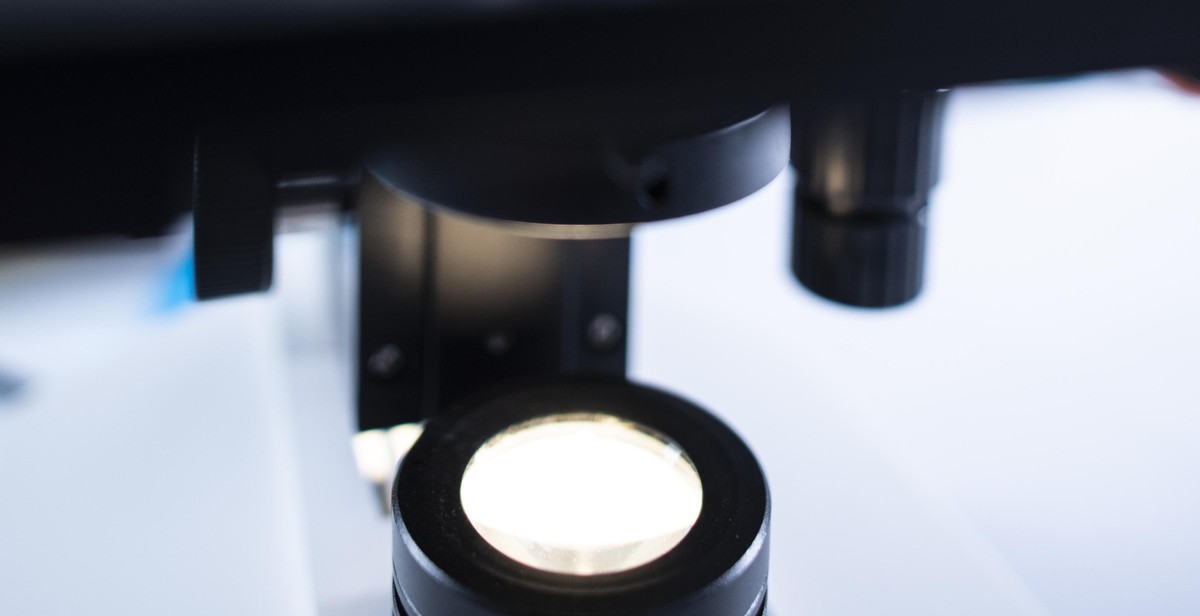
Step 4: Experimentation
Now that you have built your volcano model and created the eruption, it’s time to record and analyze your data. This is where experimentation comes in.
Recording Data
When recording data, it is important to keep track of all the variables involved in the experiment. This includes the amount of baking soda and vinegar used, the time it took for the eruption to occur, and the height and width of the eruption. You can record this information in a notebook or on a spreadsheet.
Analyzing Data
Once you have collected your data, you can begin to analyze it. Look for patterns and trends in your results. For example, does the amount of baking soda used affect the height of the eruption? Does the temperature of the vinegar affect the time it takes for the eruption to occur?
You can also create graphs and charts to help visualize your data. This can make it easier to identify any correlations between the variables you tested.
Experimenting with Variables
If you want to take your experiment to the next level, you can try experimenting with different variables. For example, you can try using different types of vinegar or adding food coloring to the mixture to see how it affects the eruption.
Remember to only change one variable at a time, so you can accurately determine its impact on the eruption. Keep detailed records of your experiments and results, so you can compare them later.
| Variables Tested | Results |
|---|---|
| Amount of Baking Soda | Increase in Height of Eruption |
| Type of Vinegar | Different Colors and Smells in Eruption |
| Temperature of Vinegar | Shorter or Longer Time for Eruption to Occur |
By experimenting with different variables, you can gain a better understanding of the volcanic phenomena and how it works. This will make your science fair project stand out and impress the judges!
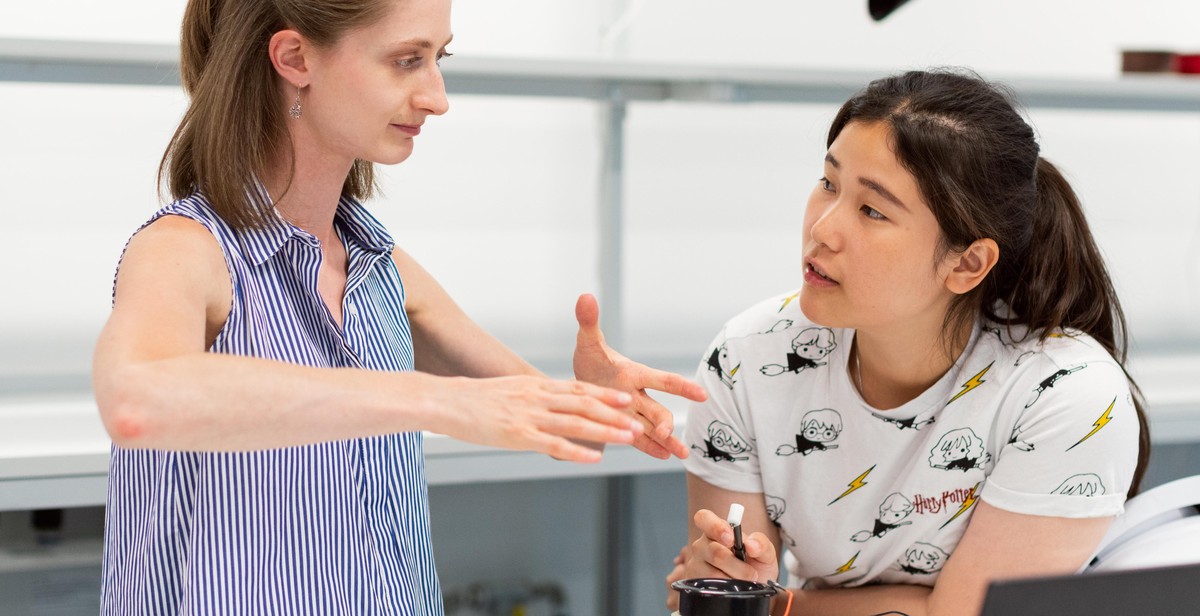
Step 5: Conclusion
Interpreting the results of your volcano science fair project is crucial in drawing conclusions. At this stage, you need to analyze your data and observations to determine the significance of your findings. This process involves identifying patterns, trends, and relationships that exist in your data.
Interpreting Results
When interpreting your results, you should consider the following questions:
- What patterns or trends do you see in your data?
- Are there any significant differences or similarities between your experimental and control groups?
- What factors may have influenced your results?
Answering these questions will help you to understand the implications of your findings and their relevance to your hypothesis.
Drawing Conclusions
Once you have interpreted your results, you can draw conclusions based on your findings. Your conclusions should be based on the evidence you have gathered and should be supported by your data and observations.
When drawing conclusions, you should consider the following:
- Do your findings support or refute your hypothesis?
- What new insights have you gained from your research?
- What are the implications of your findings for future research in this area?
By answering these questions, you can develop a clear understanding of your findings and their significance. This will help you to communicate your results effectively and to make a valuable contribution to the field of volcanology.
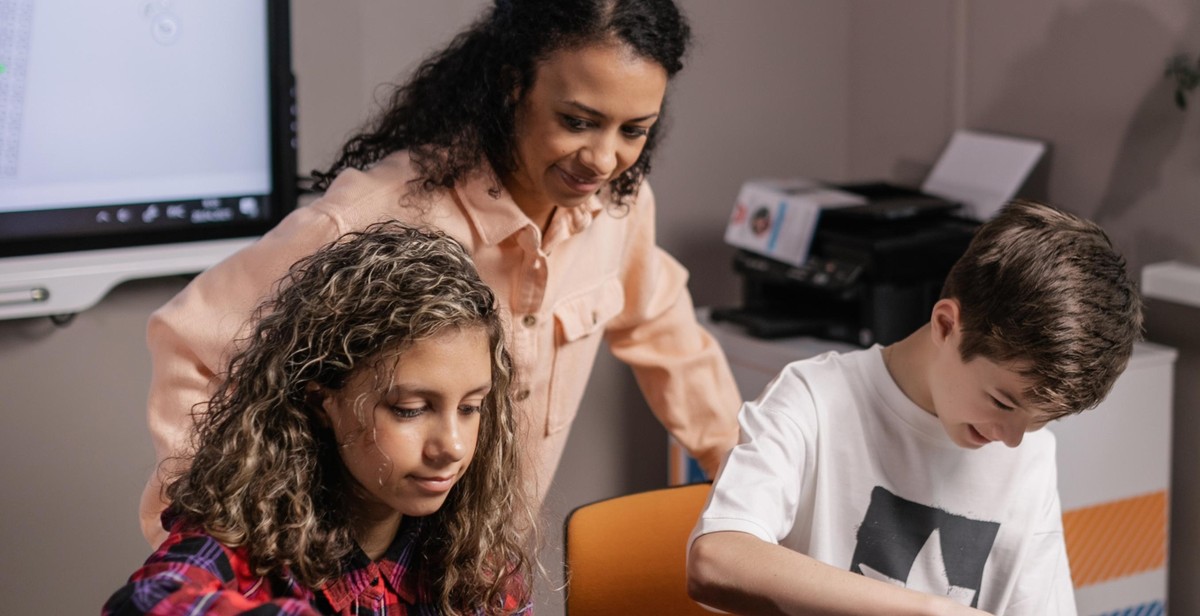
Tips for Success
Creating a volcano science fair project can be a fun and exciting experience, but it’s important to keep some key tips in mind to ensure success. Here are some tips to help you create a standout project:
Practice and Patience
Practice makes perfect, and this is especially true when it comes to creating a volcano science fair project. Take the time to practice building and testing your volcano before the big day. This will help you identify any potential issues and make any necessary adjustments. Additionally, be patient during the process. Creating a volcano can be a bit messy and time-consuming, but the end result will be worth it.
Safety First
When creating a volcano science fair project, safety should always be your top priority. Be sure to read and follow all instructions carefully, and use caution when handling any materials or substances. Always wear protective gear, such as gloves and goggles, and work in a well-ventilated area. Keep in mind that some chemicals and materials can be harmful if ingested or inhaled, so be sure to keep them out of reach of children and pets.
Be Creative
Creating a standout volcano science fair project means being creative and thinking outside the box. Consider using unique materials, such as colored sand or glitter, to make your volcano stand out. You can also experiment with different eruption methods, such as using baking soda and vinegar or dry ice and water. The more creative and unique your project is, the more likely it is to catch the judges’ attention.
Present with Confidence
Finally, when presenting your volcano science fair project, be sure to do so with confidence. Practice your presentation beforehand and be prepared to answer any questions the judges may have. Remember, the more confident and knowledgeable you appear, the more likely you are to impress the judges and earn a top prize.
